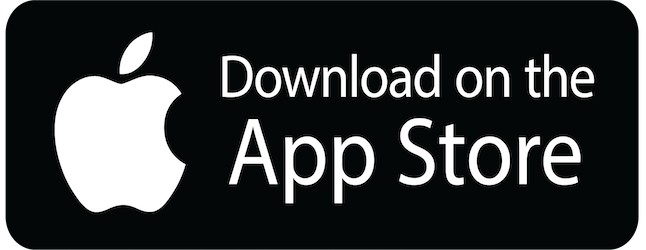How should I start and end a business email?
The old way
When I was in elementary school, I remember learning how to write a letter. A business letter was supposed to go like this:
Dear Mr./Mrs./Ms. (Last name):
(Write the message here.)
Sincerely,
(Your full name)
When I graduated college and started looking for a job, I wrote letters and emails this way at first. But then I realized that other people weren't writing so formally. I started to realize that my formal emails seemed a little silly to my coworkers and people I was doing business with.
The new way.
This is the format I now use for 95% of my work-related email:
Hi (First name),
(My message)
Thanks,
Aaron
In the modern American business world, it's better to be informal. Even if you've never met someone - even if they're someone really important - you can:
- write to them by their first name
- use a comma after the greeting (whereas the old style was to use a colon ":" for business letters)
- close with a simple word like "Thanks" instead of more old-fashioned phrases like "Best Regards"
- sign only your first name at the end
Writing a little bit casually makes the communication seem more friendly.
These days, email that is addressed in an old-fashioned, formal style actually seems suspicious. For example, sometimes I get scam emails that start out this way:
Dear Sir or Madam:
I am contacting you for a legitimate business transaction...
Even if the email isn't a scam, a very formal greeting makes me think that the writer doesn't really know who I am and is only writing to get something from me.
Of course, some countries and some industries might be different. For example, if you're writing to a judge, you should probably use a more formal style. And if you notice that the people you do business with write formally, you should do so as well.
Print this Article




